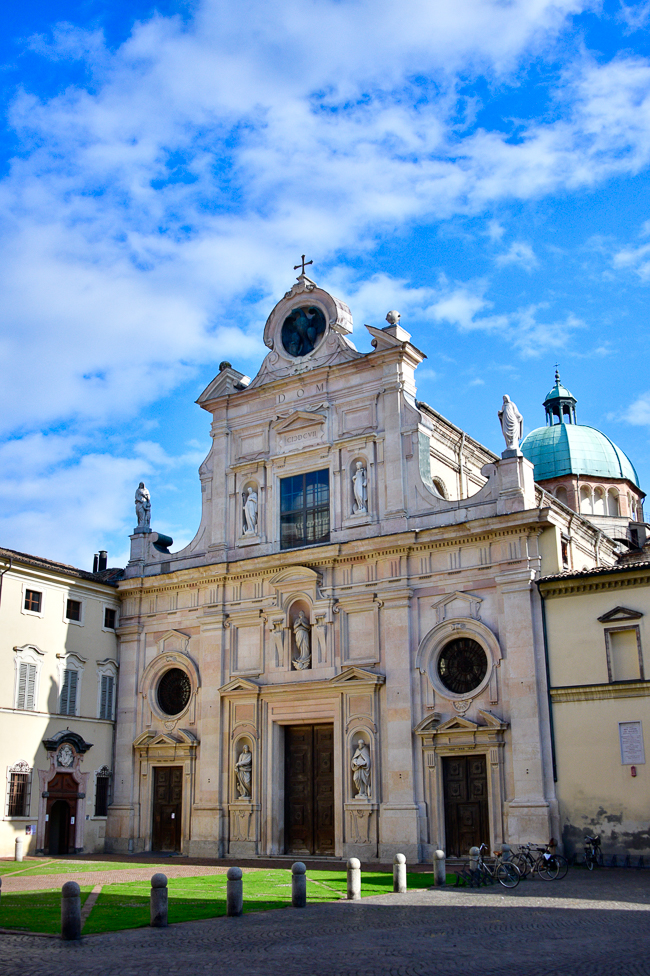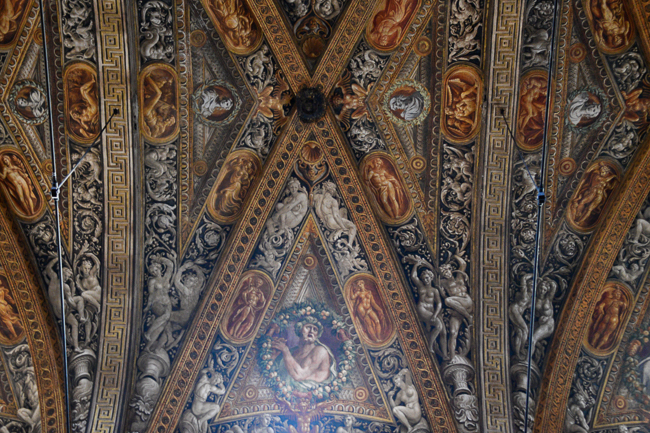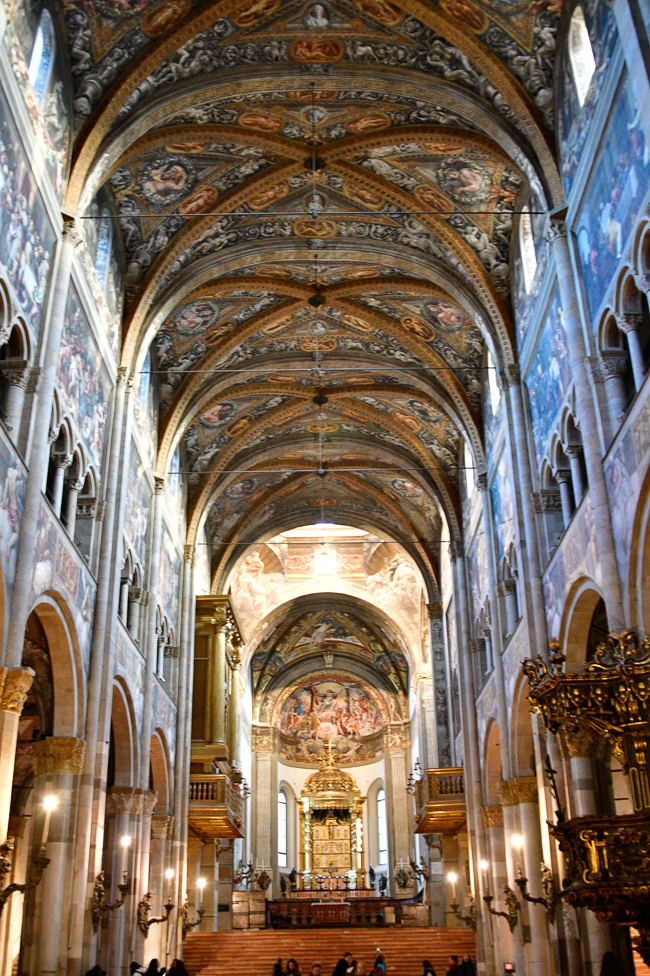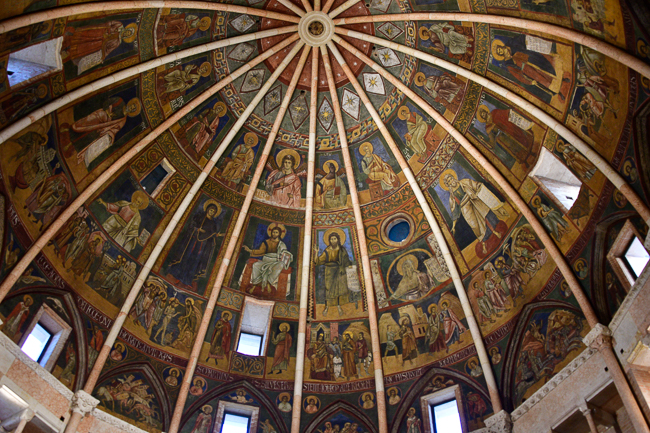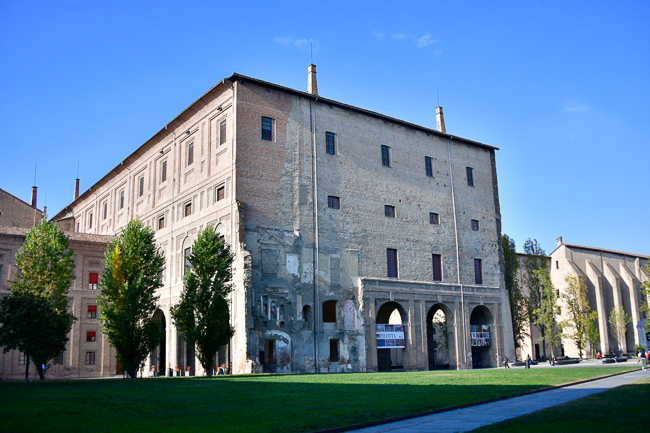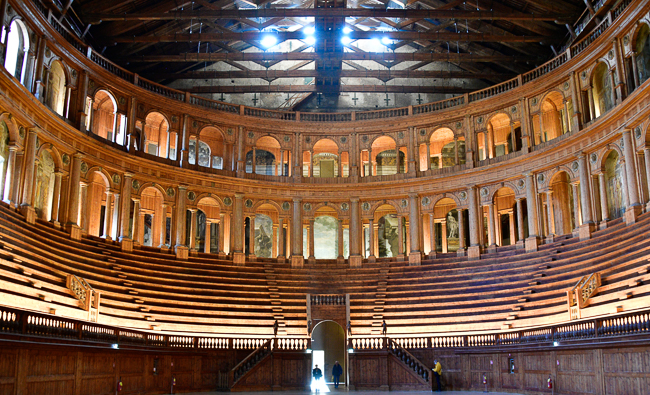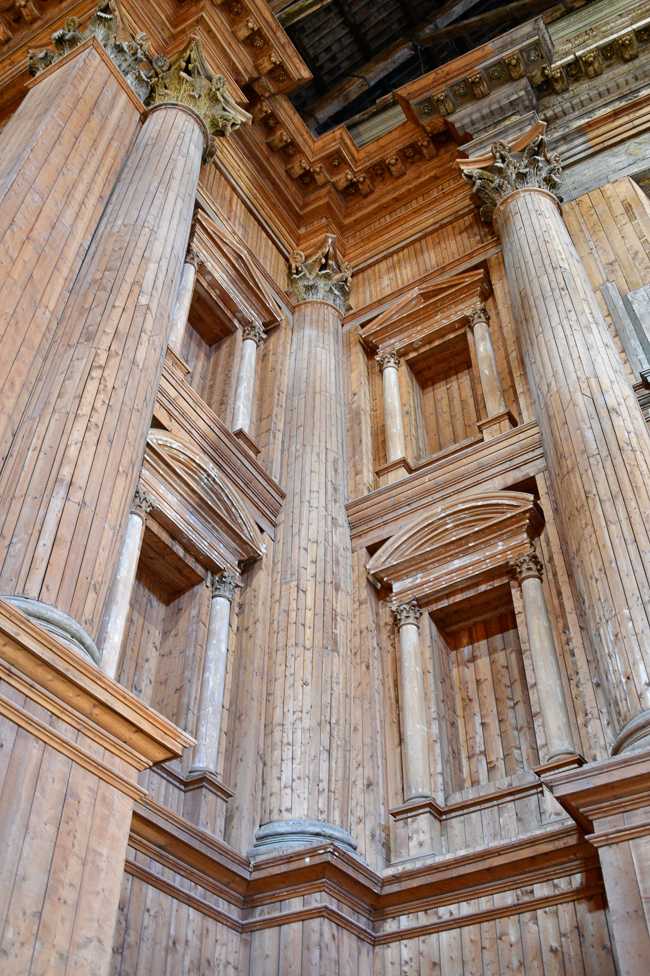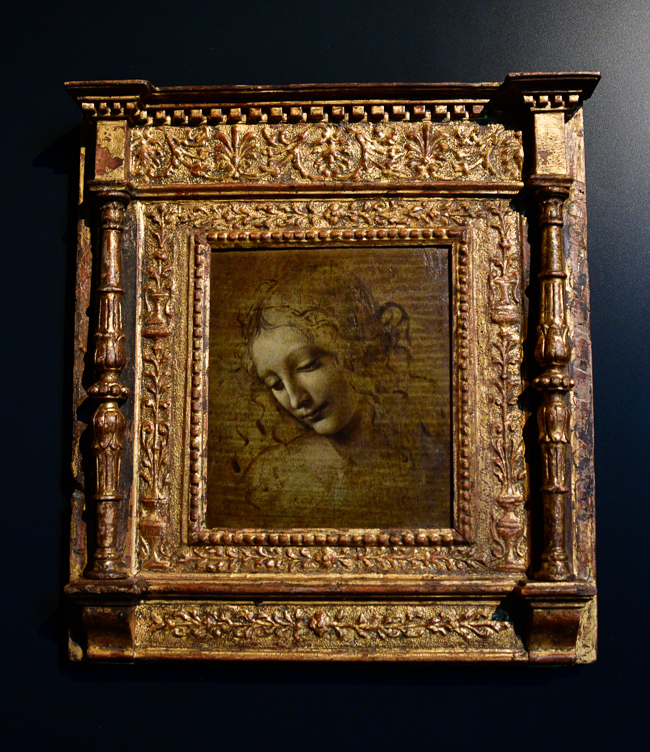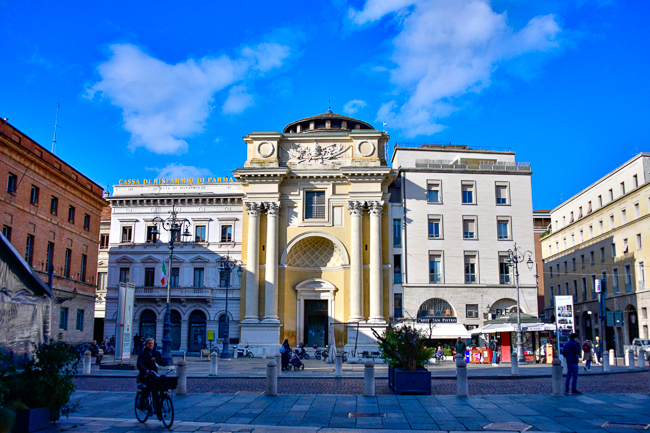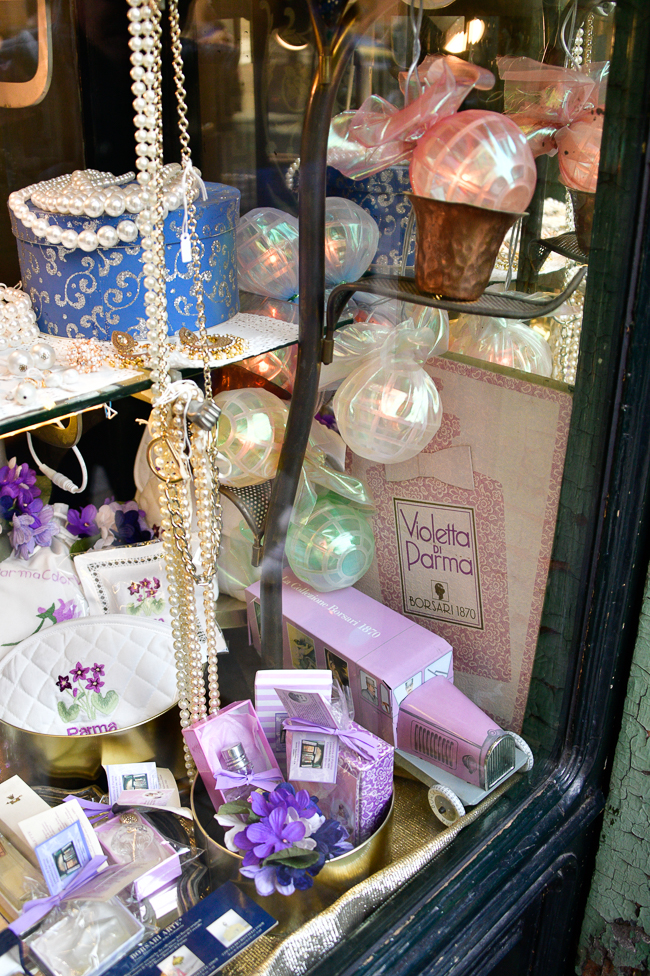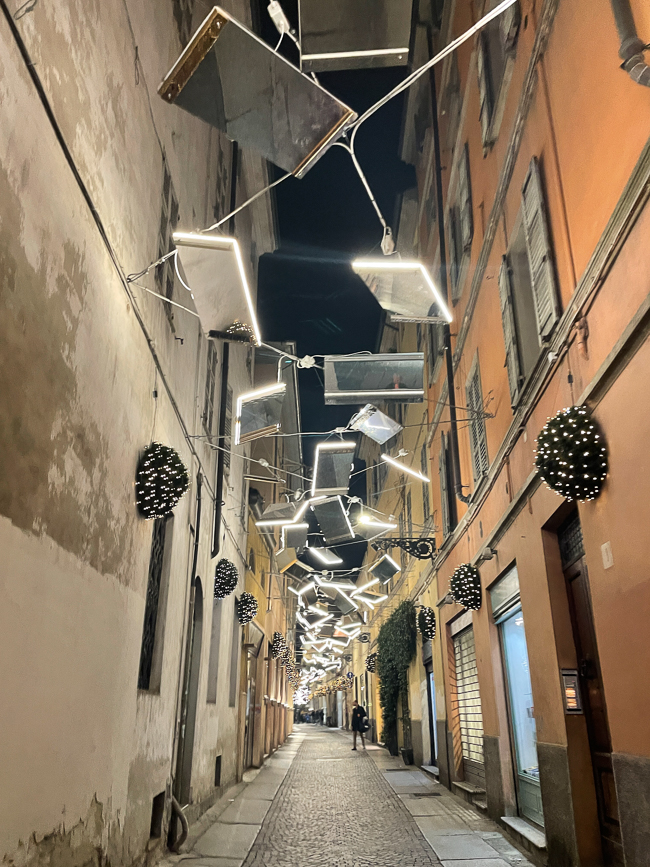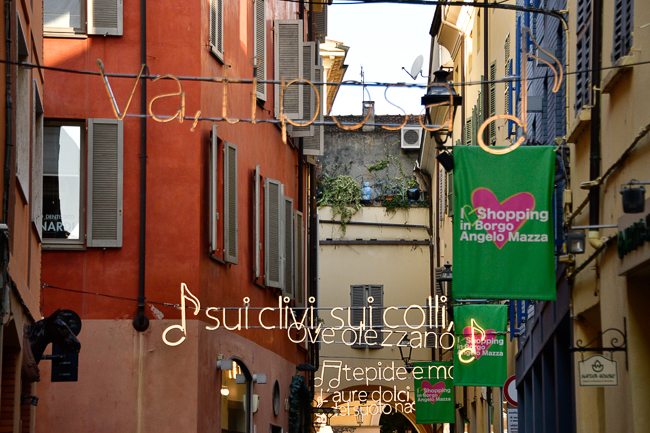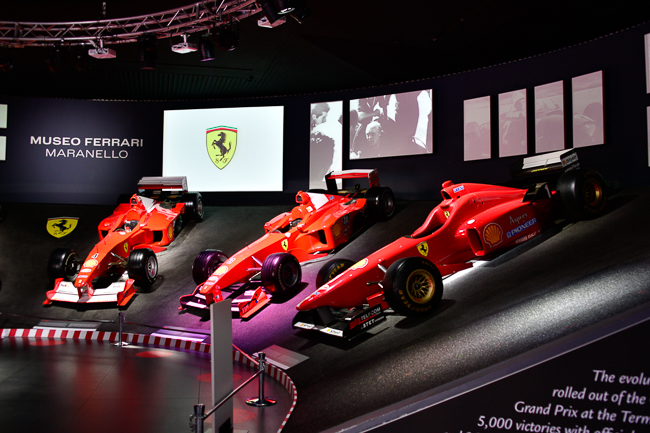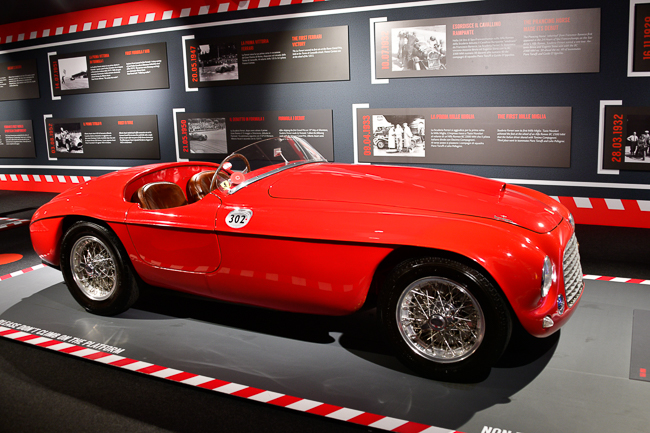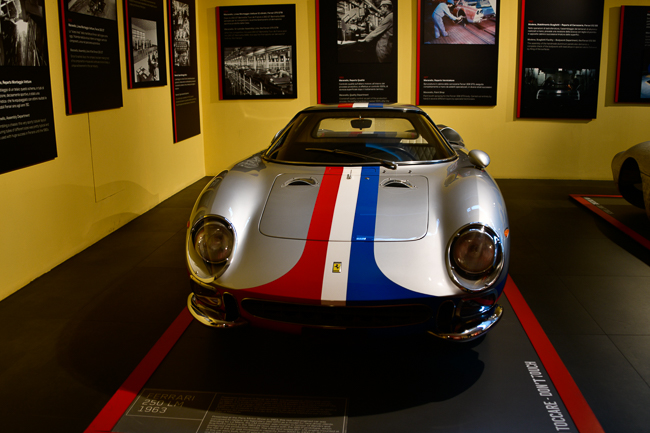November 19, 2022
Parma is a university city and one of the largest cities in the Emilia-Romagna region, with a population just under 200,000. The city is of course famous for Parmesan cheese and Parma ham, and it is the first Italian city to become a UNESCO heritage site for Gastronomy.
The city was founded by the Romans in 183 BCE and rebuilt in the Middle Ages and then ruled by bishops from the 9th century.
It is the home of the Italian flag or il Tricolore.
There are three main attractions in town, and our hotel was one block from all three, and since we were here for cooking and food tours that was about all that I saw of the city. I am absolutely sure it had so much more to offer, but sometimes, food takes precedence.
The Parma Cathedral is an Italian Romanesque cathedral highly decorated with frescoes by Renaissance painter Antonio da Correggio.
The Baptistry
The inside of the baptistry contains sixteen arches, forming alcoves each with a painted scene done during the 13th and 14th centuries. In the dome, sixteen rays come out of the center of the ceiling and correspond to the arches.
Sadly these are not true frescoes, and the dome has been painstakingly restored with syringes and spatulas. A project that most likely will occur over and over again.
The Palazzo della Pilotta was built around 1583, during the last years of the reign of Duke Ottavio Farnese. It was never finished making for an odd viewing of blank walls and ornate window frames.
There are several reasons to visit the Palazzo, but in my opinion, the major one is the Teatro Farnese.
The theater is almost entirely of wood in the Italian Baroque style. It is the prototype of the modern playhouse. It is also the first surviving theatre with a permanent proscenium arch. Construction began in 1618 by Giovanni Battista Aleotti for Ranuccio I Farnese, and it officially opened in 1628.
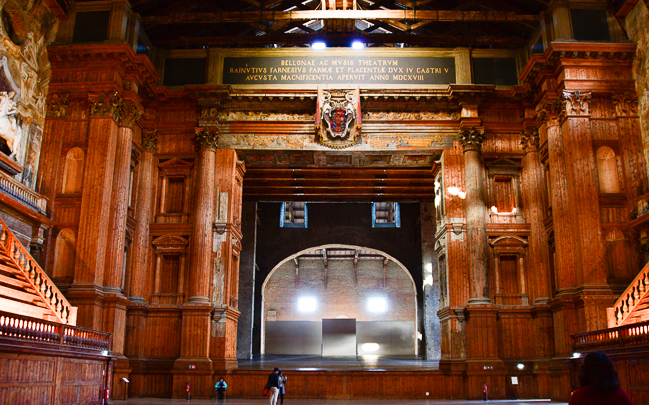 At one end of the large, rectangular wooden structure was a stage area designed for deep-perspective scenery.
At one end of the large, rectangular wooden structure was a stage area designed for deep-perspective scenery.
A large U-shaped open area (pit, or parterre) was used for dancing, royal processions, and other courtly entertainments; it could even be flooded for water spectacles.
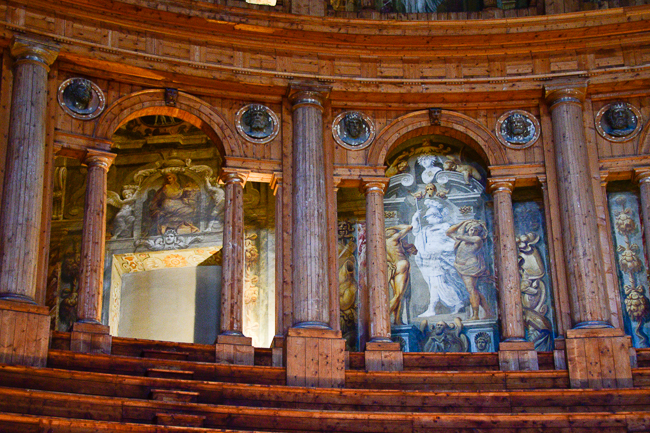 The Farnese was renovated in the early 1700s by Filippo Juvarra and rebuilt following its destruction during World War II.
The Farnese was renovated in the early 1700s by Filippo Juvarra and rebuilt following its destruction during World War II.
Another feature of the Palazzo della Pilotta is the art gallery. It goes on and on and on but if you are patient you will happen upon Leonardo da Vinci’s, Head of a Woman (Aka “La Scapigliata”), ca. 1508, oil on wood.
*
This is the window display of one of the original stores that sold Voletta di Parma by Ludovico Borsari. I did not know that Parma was world famous for perfume at one time until our cooking teacher told me. Why the violet? No one is really sure how it became the symbol of Parma, but it likely dates to the 17th century when the Duke of Parma introduced the species into Italy from Spain.
Ludovico Borsari, (Parma 1846 -1928) helped develop the perfume industry of Parma around the Violetta. Borsari made perfume that was economically within the reach of most women, and that made Violetta di Parma world famous. The Borsari brand still exists as part of a multinational corporation based in Milan.
*
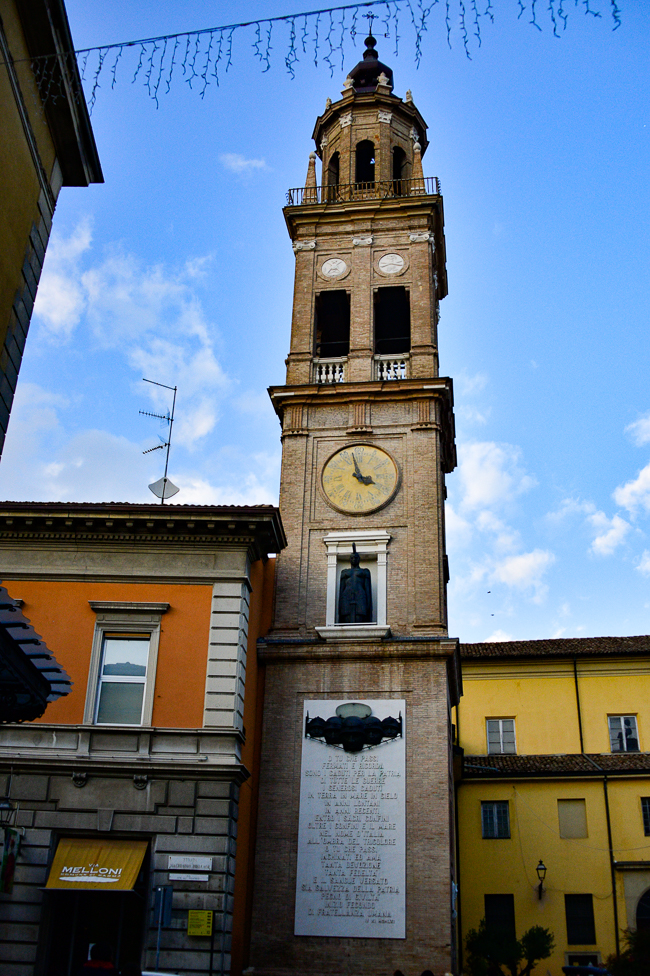
The ancient tower of St. Paul was turned into a war monument dedicated to those who died in all the wars,
This post does not do the city of Parma justice. It is a very comfortable town to navigate, with a very human scale. There are wonderful restaurants everywhere and streets that beg you to meander.
Driving from Parma back to Bologna to the airport one could, but shouldn’t, miss the Ferrari factory. The museum is the only place where photos are allowed, and truth be told, the factory tour is just climbing on a bus and driving around the massive acreage that exists to create these works of art on wheels. The cars are made from beginning to end in Maranello, and almost all within the Ferrari factory grounds.
Worth remembering:
Hotel in Parma: Palazzo Dalla Rosa Prati
Restaurant in Parma: La Forchetta
Restaurant in Ferrara: l’Oca Giuliva Cucina e Cantina
